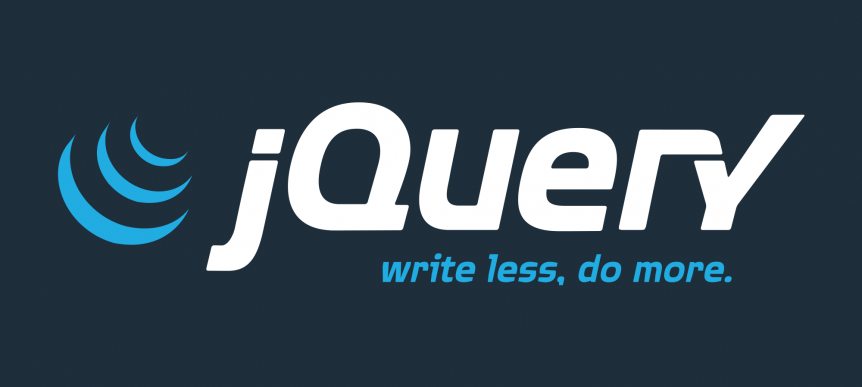Just to make it easier for me to find, I’m posting a Jquery boilerplate from Stefan Gabos.
Source: http://stefangabos.ro/jquery/jquery-plugin-boilerplate-oop/
Edit: I also found one on Github, which seems to be more maintained: https://github.com/jquery-boilerplate/jquery-boilerplate/blob/master/src/jquery.boilerplate.js
With comments
// jQuery Plugin Boilerplate
// A boilerplate for jumpstarting jQuery plugins development
// version 2.0, July 8th, 2011
// by Stefan Gabos
// remember to change every instance of "pluginName" to the name of your plugin!
// the semicolon at the beginning is there on purpose in order to protect the integrity
// of your scripts when mixed with incomplete objects, arrays, etc.
;(function($) {
// we need attach the plugin to jQuery's namespace or otherwise it would not be
// available outside this function's scope
// "el" should be a jQuery object or a collection of jQuery objects as returned by
// jQuery's selector engine
$.pluginName = function(el, options) {
// plugin's default options
// this is private property and is accessible only from inside the plugin
var defaults = {
propertyName: 'value',
// if your plugin is event-driven, you may provide callback capabilities
// for its events. call these functions before or after events of your
// plugin, so that users may "hook" custom functions to those particular
// events without altering the plugin's code
onSomeEvent: function() {}
}
// to avoid confusions, use "plugin" to reference the
// current instance of the object
var plugin = this;
// this will hold the merged default, and user-provided options
// plugin's properties will be accessible like:
// plugin.settings.propertyName from inside the plugin or
// myplugin.settings.propertyName from outside the plugin
// where "myplugin" is an instance of the plugin
plugin.settings = {}
// the "constructor" method that gets called when the object is created
// this is a private method, it can be called only from inside the plugin
var init = function() {
// the plugin's final properties are the merged default and
// user-provided options (if any)
plugin.settings = $.extend({}, defaults, options);
// make the collection of target elements available throughout the plugin
// by making it a public property
plugin.el = el;
// code goes here
}
// public methods
// these methods can be called like:
// plugin.methodName(arg1, arg2, ... argn) from inside the plugin or
// myplugin.publicMethod(arg1, arg2, ... argn) from outside the plugin
// where "myplugin" is an instance of the plugin
// a public method. for demonstration purposes only - remove it!
plugin.foo_public_method = function() {
// code goes here
}
// private methods
// these methods can be called only from inside the plugin like:
// methodName(arg1, arg2, ... argn)
// a private method. for demonstration purposes only - remove it!
var foo_private_method = function() {
// code goes here
}
// call the "constructor" method
init();
}
})(jQuery);
Without comments
// jQuery Plugin Boilerplate
// A boilerplate for jumpstarting jQuery plugins development
// version 2.0, July 8th, 2011
// by Stefan Gabos
;(function($) {
$.pluginName = function(el, options) {
var defaults = {
propertyName: 'value',
onSomeEvent: function() {}
}
var plugin = this;
plugin.settings = {}
var init = function() {
plugin.settings = $.extend({}, defaults, options);
plugin.el = el;
// code goes here
}
plugin.foo_public_method = function() {
// code goes here
}
var foo_private_method = function() {
// code goes here
}
init();
}
})(jQuery);
Usage
$(document).ready(function() {
// create a new instance of the plugin
var myplugin = new $.pluginName($('#element'));
// call a public method
myplugin.foo_public_method();
// get the value of a public property
myplugin.settings.property;
});

